フィールド日記
2024年08月
2024.08.30
ヘクソカズラ
ヘクソカズラが咲いています。和名は葉をもむと嫌な臭いがすることに由来します。別名として花の中心の赤い部分をお灸のあとに見立ててヤイトバナ(灸花)や、花を田植えをする早乙女の帽子に見立ててサオトメバナ(早乙女花)とも呼ばれます。
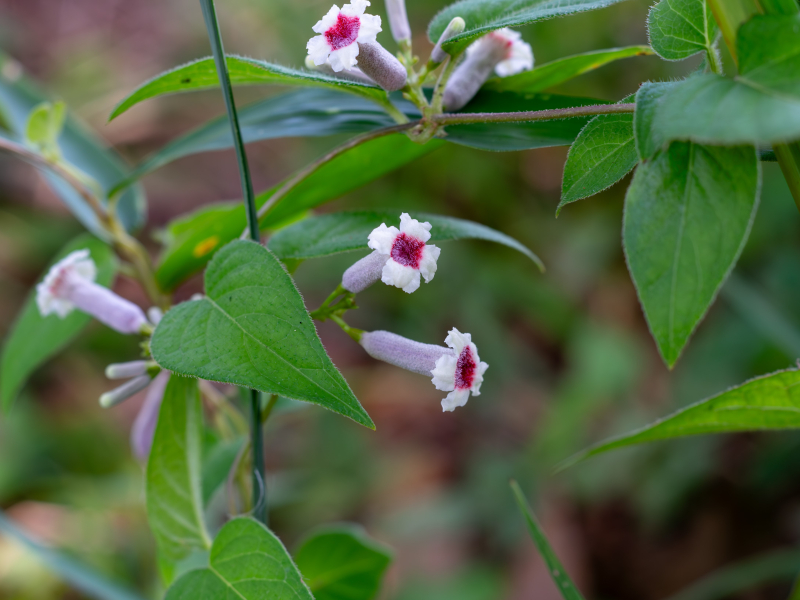
2024.08.27
ツユクサ
ツユクサが咲いています。理科の教材としてもなじみ深い植物です。
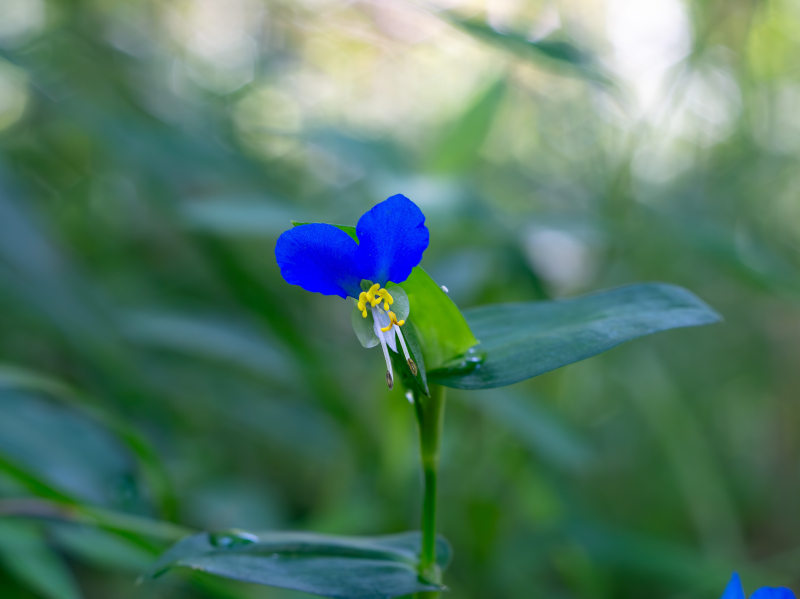 ]
]
雄しべは短いもの3本、長いもの2本、中間のもの1本の6本からなりますが、そのうち2本のみ花粉をつけます。
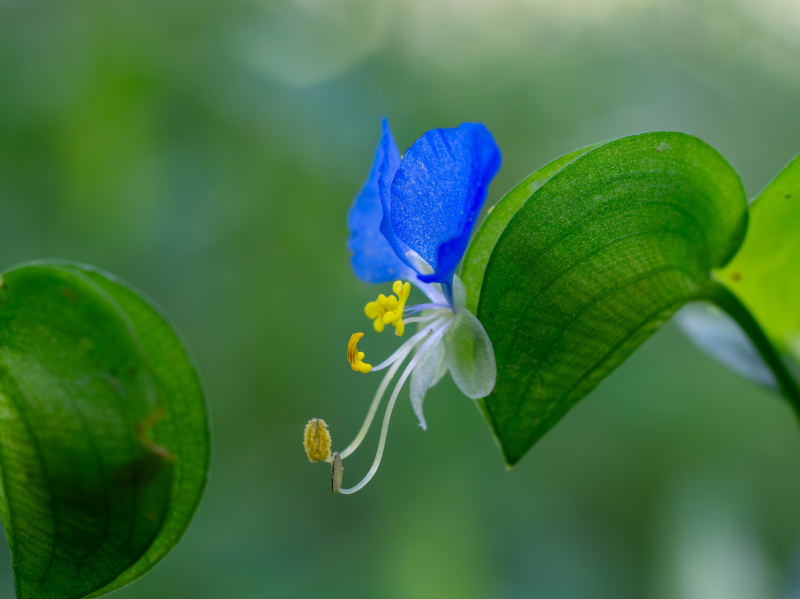
2024.08.23
オトギリソウ
オトギリソウが咲いています。草原に生える多年草で、古くから薬草として知られていたようです。和名は弟切草の意味で、本種を鷹の秘密の傷薬として使っていたある鷹匠が、この秘密を他人に漏らしてしまった弟に激怒して切り殺してしまったというちょっと恐ろしい伝説に由来します。
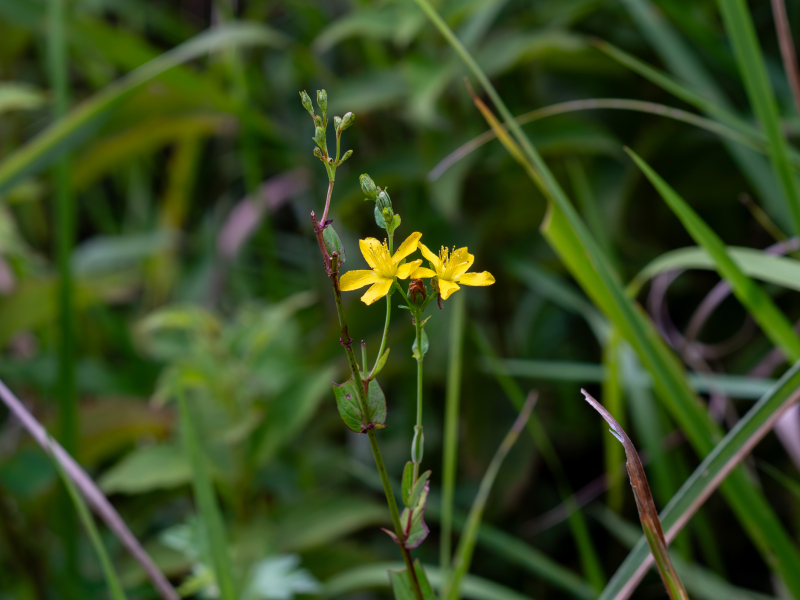
2024.08.20
アイナエ
アイナエが咲いています。芝地などに生える一年草です。葉は地面から数センチまでのところにまとまってついています。生育地の減少などが原因で多くの地域で数を減らしていますが、定期的に芝刈りが行われているオークヒルは生育に適した環境のようです。
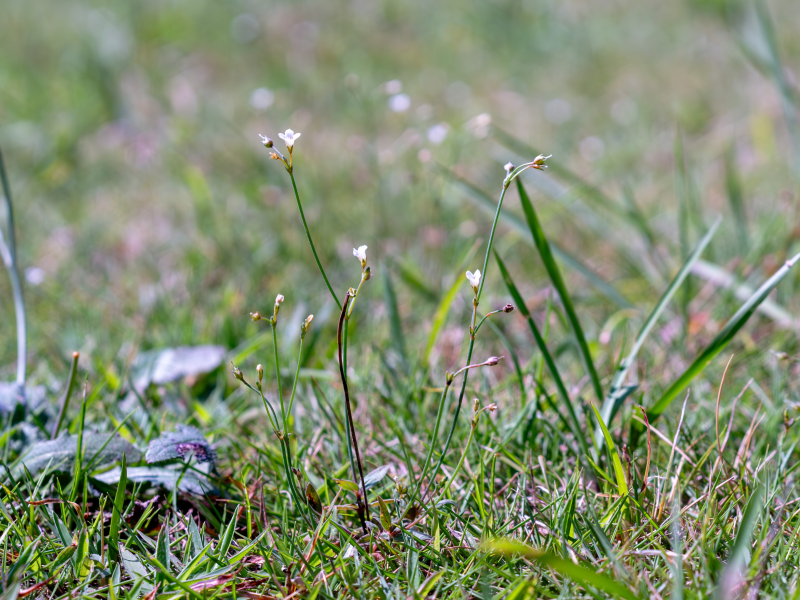
2024.08.16
ツチアケビ
ツチアケビの果実が赤く色づいていました。和名はこの果実をアケビに見立てたものです。果実の中には、ランの仲間にしては比較的大きい種子がたくさん入っています。ツチアケビの果実は古くから薬用とされていたようです。
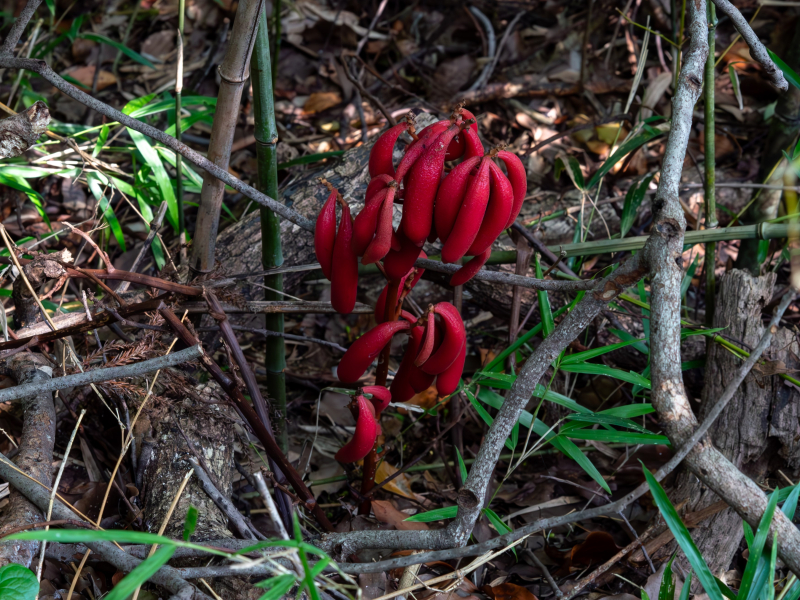
2024.08.13
イヌザンショウ
イヌザンショウが咲いています。サンショウにとても似ていますが、サンショウに比べて香りが良くないため、食用には利用されません。サンショウは春に咲くのに対し、イヌザンショウは夏に咲きます。
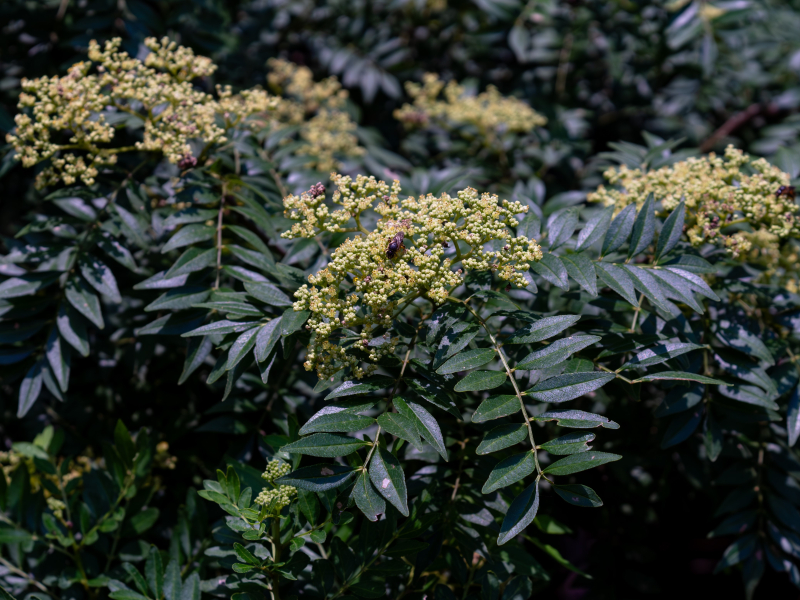
2024.08.09
ムラサキニガナ
ムラサキニガナが咲いています。丘陵地から山地の林内や林縁に生えるキク科の多年草です。名前の通り、1cmほどの紫色の花を下向きにつけます。
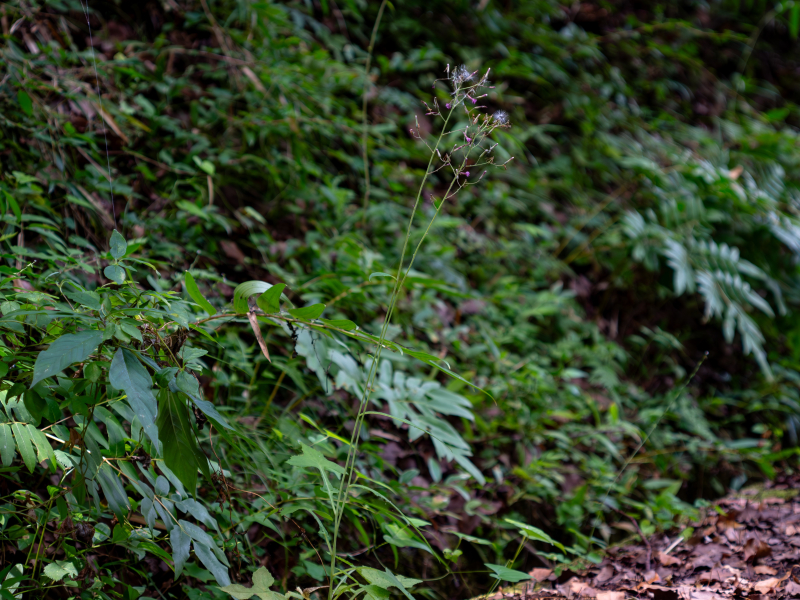
2024.08.06
コオニユリ
コオニユリが咲いています。草原に生える野生のユリです。地下の球根はゆり根として食用になります。食用になるユリは数種類ありますが、スーパーなどで野菜として売られている栽培品のゆり根はほとんどがこのコオニユリを品種改良したものです。
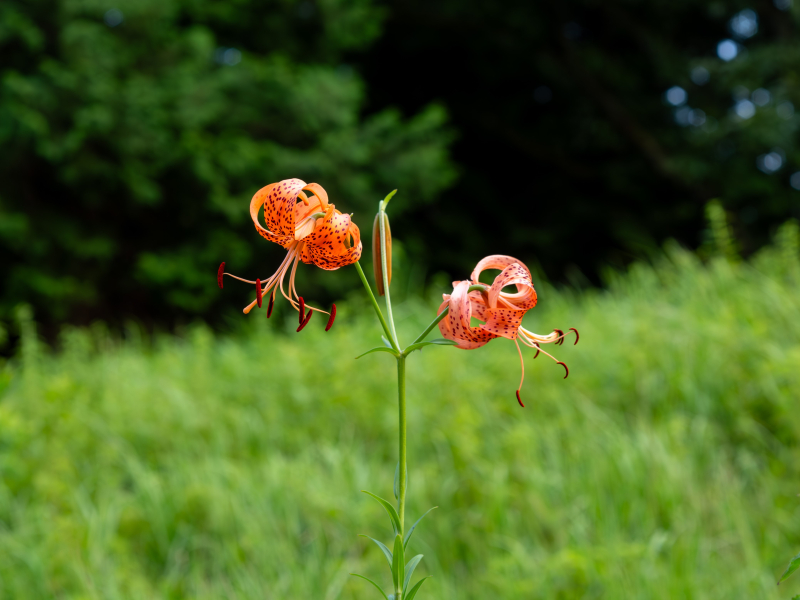
2024.08.02
シオデ
シオデが咲いています。林縁に見られるつる性の草本植物です。花は、緑色で目立ちませんが、花火のような球形になります。若い芽は食用になります。
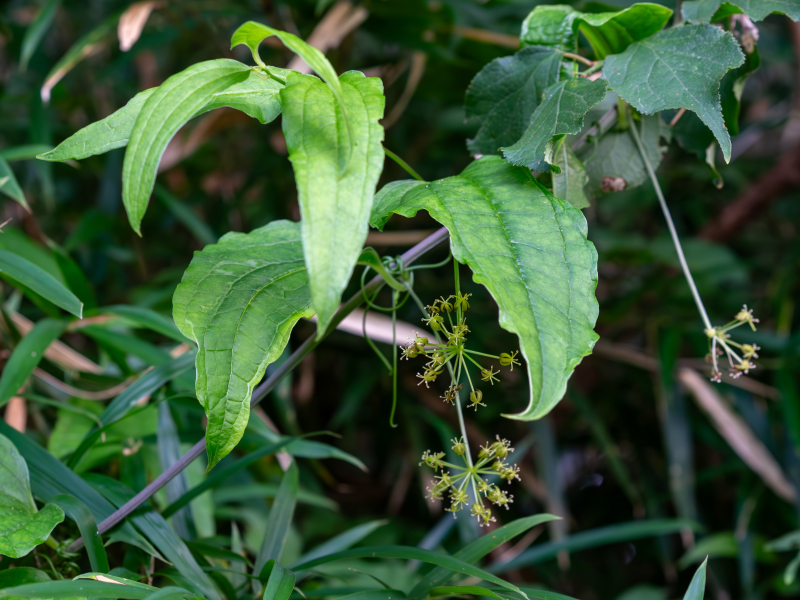
"Shiode (シオデ)" plants are in bloom. They are the herbaceous vines that grow on the edges of forests. Their flowers are green and inconspicuous, but they form a spherical shape that looks like fireworks. Their young sprouts are edible.
- 1 / 1

















